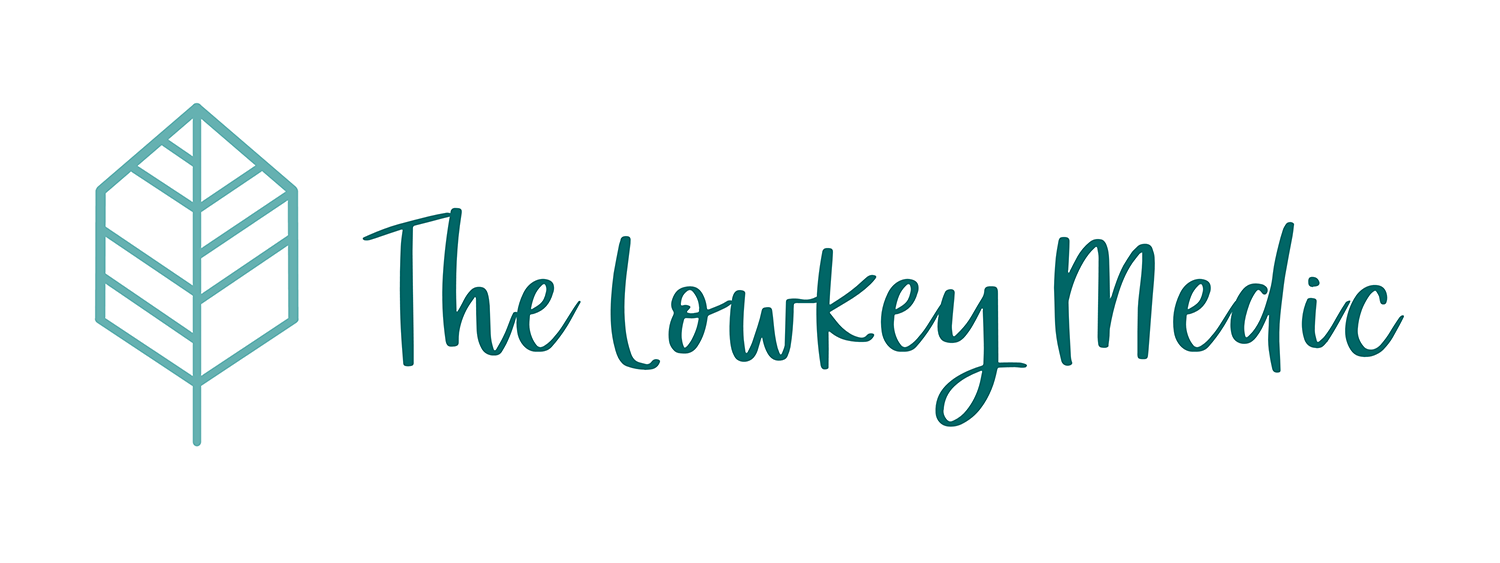We move on to Short Postings! These are two-week postings where we rotate in specialties that are distinct from Internal Medicine or Surgery.
👩🏻⚕️ What Anaesthesiology Clinical Posting is Like
Finally, we pivot away from clinic-based specialties like Ophthalmology, ENT, and Dermatology, and step into the operating theatre (OT) for Anaesthesiology.
Due to the nature of the specialty, we start almost every morning by reporting to the OT. For a few days we might get rotated to PACE Clinic (Pre-Anaesthesia Counselling & Evaluation), Pain Management Clinic, or Acute Pain Rounds. In the afternoons, we have teachings by the anaesthesiologists. We also had one Crisis Simulation, where we were given certain scenarios and then had to evaluate, intubate, and anaesthetise a fake patient (a mannequin).
While Anaesthesia might seem as straightforward as putting the patient to sleep, there is actually a great breadth of knowledge and different skills involved.
For starters, there is a distinction between:
- General anaesthesia – makes the patient unconscious
- Sedation – makes the patient drowsy and relaxed
- Regional anaesthesia – makes a region of the body numb
- Local anaesthesia – makes a small area of the body numb
There are also different ways of performing each of the above, various medications given, and a whole slew of pharmacology and physiology knowledge to guide management.
👍🏼 The Highlights of Anaesthesiology Posting
- Hands-on in the OT. There’s nothing like being the one to hold a bag-valve-mask over the patient’s face or shove a laryngeal mask airway (or for some lucky ones, an endotracheal tube) down the patient’s throat. Anaesthesia is very much procedural, and if you like hands-on procedures, this might be for you.
- Fascinating to learn about anaesthesia. There’s a lot that you wouldn’t see or know without doing anaesthesia, and I was really glad to have had this exposure. As anaesthesia is essential to surgery, I thought it was really quite important and interesting to learn and experience it.
👎🏼 The Lowlights of Anaesthesiology Posting
- Mostly OT. If you love the OT, all’s good. But during the posting, this can mean that after a while there’s a lack of novelty and variety. However, of course every case is different, and the type of anaesthesia used will also be tailored to each patient and to the surgery being performed.
- Clinics and rounds might not be that exciting. As mentioned above, we had PACE Clinic, Pain Clinic, and Acute Pain Rounds. These might be a bit repetitive and might not be very ‘happening’.
📝 Impressions of Anaesthesiology as a Specialty
#1 Mostly Fact: Anaesthesiology is a ‘lifestyle’ specialty
Anaesthesiology is among the four ROAD specialties (Radiology, Ophthalmology, Anaesthesiology, and Dermatology) thought to have relatively good lifestyles with decent compensation. This mostly holds true.
#2 Mostly Fact: There is less patient interaction in Anaesthesiology
An anaesthesiologist told me that it’s the nature of the job—you manage the patient for the duration of the surgery, and after which, if the case was without complications, that’s it. He said that anaesthesiologists can mostly sleep easy at night.
It does seem, then, that Anaesthesiology involves less patient interaction than most other medical specialties. There are, however, caveats to this. The same doctor told me that he also chose to train as a pain specialist. As such, on top of the usual anaesthesia duties, he does pain management where he’s able to follow his patients in clinic and develop a relationship with them. This doctor-patient relationship runs even deeper than some other clinics, since he’s always the one seeing his own patients, and a great deal of rapport and trust is required in helping patients through their chronic pain.
#3 Fact or Myth?? There is less variation in Anaesthesiology
My friend once remarked that “there is no character development in Anaesthesiology”. It seems that after a while, once you’ve mastered all the anaesthesia techniques, it becomes a mostly repetitive routine. One anaesthesiologist who came to give us a teaching put it this way, “Anaesthesia is just staring at monitors all day.”
Okay. Well. But there does seem to be avenues for diversification in the field. Like the doctor mentioned above who also does pain management.
I also heard from another anaesthesiologist that many of them get involved in administrative work and healthcare safety, due to their meticulousness and fastidiousness about safe procedures and processes.
If you’re passionate about humanitarian medicine, anaesthesiologists are always needed. It’s a specialty that’s quite amenable to incorporating humanitarian and mission work.
ONE Example of Something You Might See in Anaesthesiology

(Image source: Halomedicals, Dorset Nursing)


